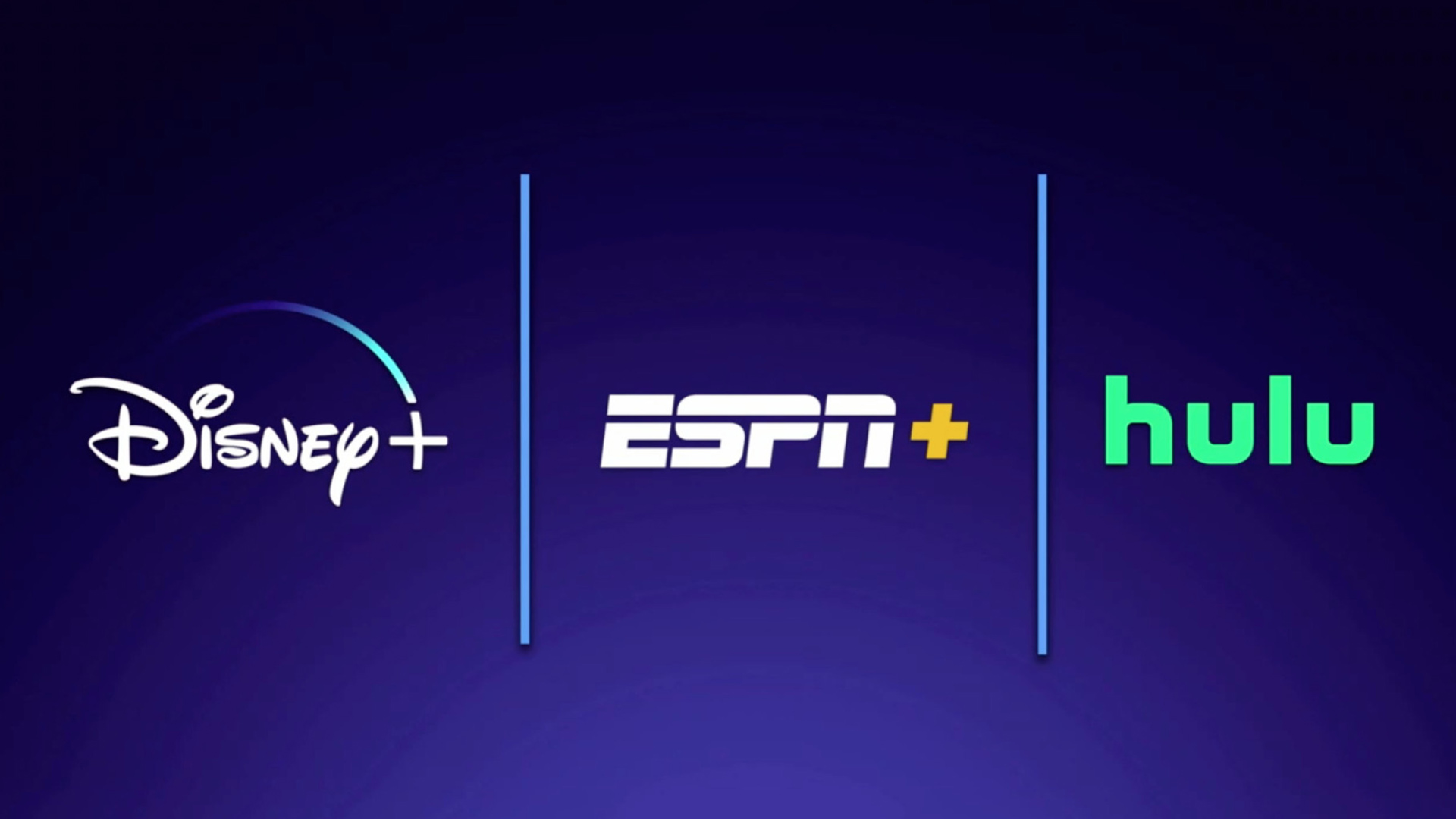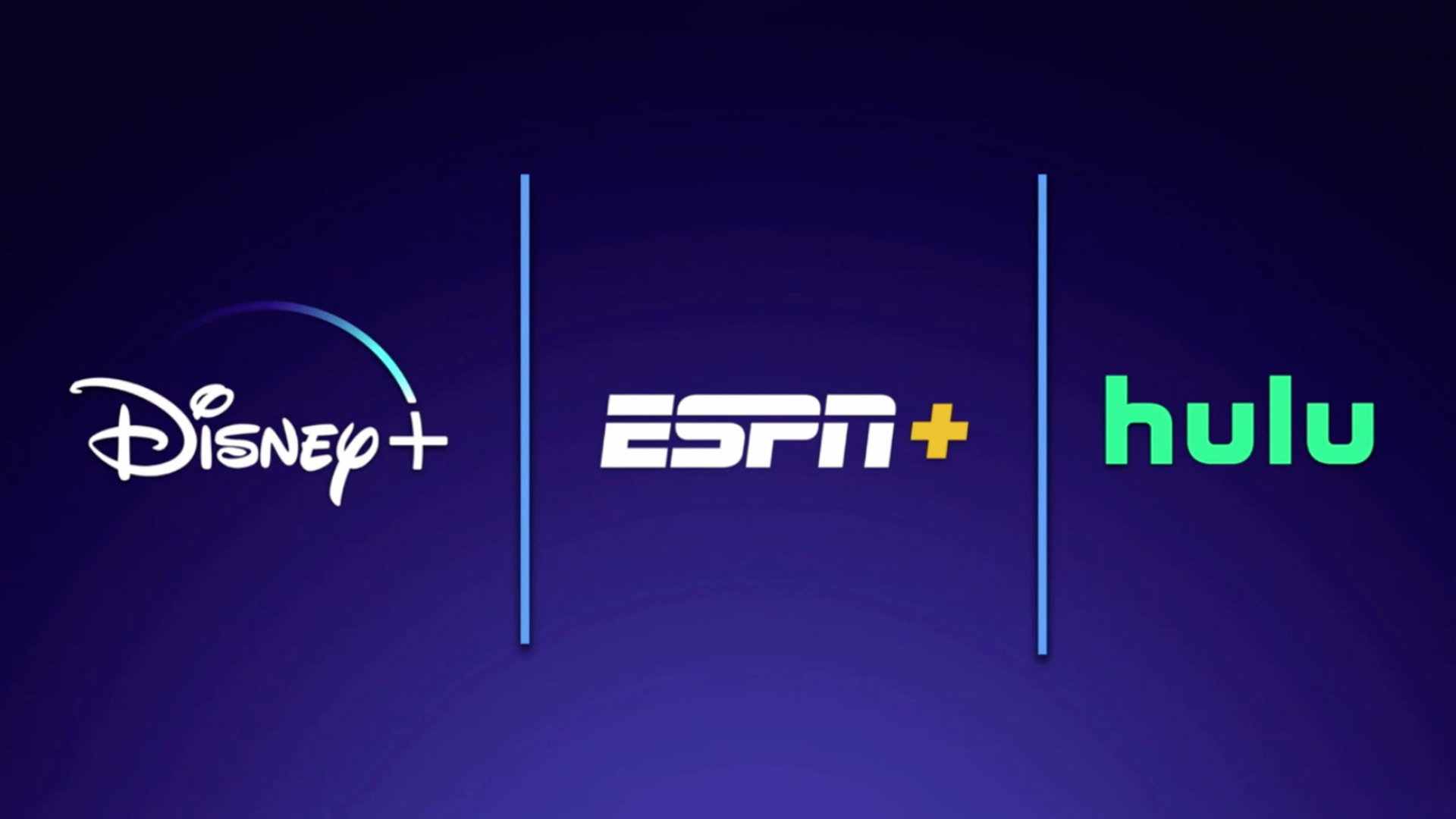
 $12.99 gets you lot of Disney-owned content from Nov 12
$12.99 gets you lot of Disney-owned content from Nov 12
Things are about to get very interesting in the world of OTT streaming as Disney sets an aggressive $12.99 monthly price for its forthcoming bundle of services.
2019 was always going to be the year that the world of OTT streaming got shaken up considerably. Apple, of course, is launching Apple TV Plus, and both Disney and WarnerMedia have had plans to launch high profile services. But while WarnerMedia’s HBO Max has now slipped into next year — betas should start in the fall — what the House of Mouse is up to is sending a few shockwaves though the market, not to mention jitters up the spines of legions of Netflix execs.
Basically it has come out swinging on price. While Netflix raises subs costs to cope with its spiralling production budget, Disney is leveraging its position as one of the biggest media conglomerates out there to really heat up the market. Its November 12 $6.99 monthly launch price in the US was already known, but it’s now offering a bundle that includes Disney+, Hulu, and ESPN+ for $12.99. That is on a par with Netflix and Amazon Prime and a significant discount over the $18 they would cost if you subscribed to them all separately. It’s also a lot of content: Marvel, Star Wars, Pixar, all of Hulu’s existing slate, and a crazy number of Tier 2 sports.
By way of contrast, the rumoured price of HBO Max is swinging the other way, pegged up at $16-$17 a month. Which, in turn, is increasing speculation that WarnerMedia will launch with a second, cheaper, and ad-supported service in parallel. And, of course, we know nothing about Apple’s plans apart from the fact that they are imminent and, unlike the others we’re talking about here, they start with a global rollout.
What does all this mean for the US consumer then? There are two salient points here. First that the level at which people will subscribe to streaming services is holding steady at 2.8 per household and people are increasingly happy to change the services they subscribe to on a regular basis. Service A releases series B of Show C and they’ll sign up for a month, binge it, then cancel the next month because Service X has released Series Y of Show Z. The market, in other words, is both finite and fickle.
Second (and we should probably label this part opinion) this is all unsustainable. Amazon and Apple are special cases as they have huge other businesses that streaming is an adjunct to, but the companies focussed on streaming and streaming alone are spending too much money on too much content for too few subscribers. They’re growing at a frenetic pace to keep ahead of their debt repayments and, unless something changes and they perhaps start using all that viewer data to support addressable advertising, for instance, at some point there is a good chance it will all come crashing down and the bubble will burst.
When exactly that will happen is unknown. But surveys suggest that just over 20% of consumers are likely or highly likely to sign up for the new Disney+ service. If they leave other services to do so rather than simply building their stack higher, 2020 could be a very long year for some companies.
Tags: Business


Comments